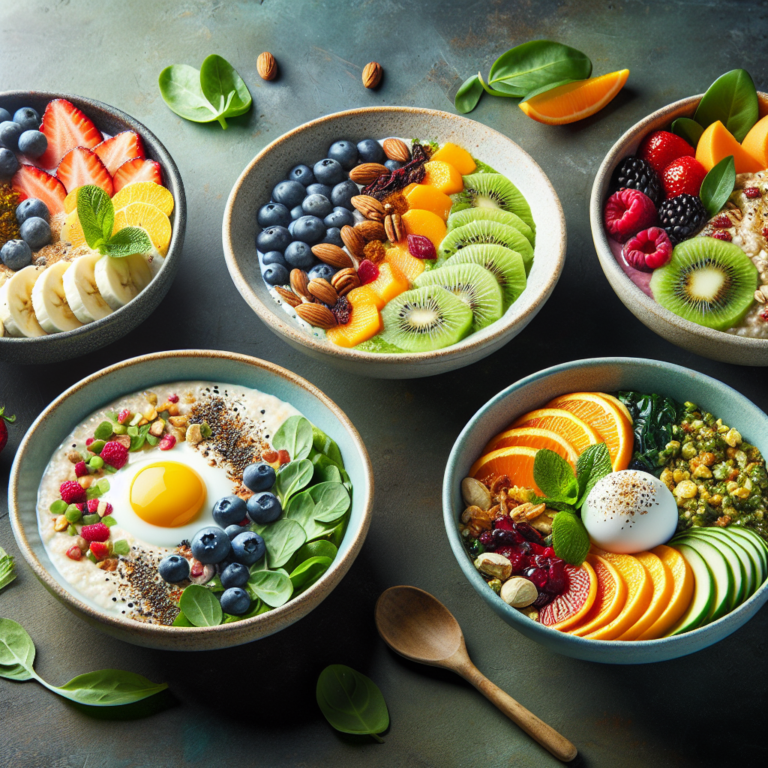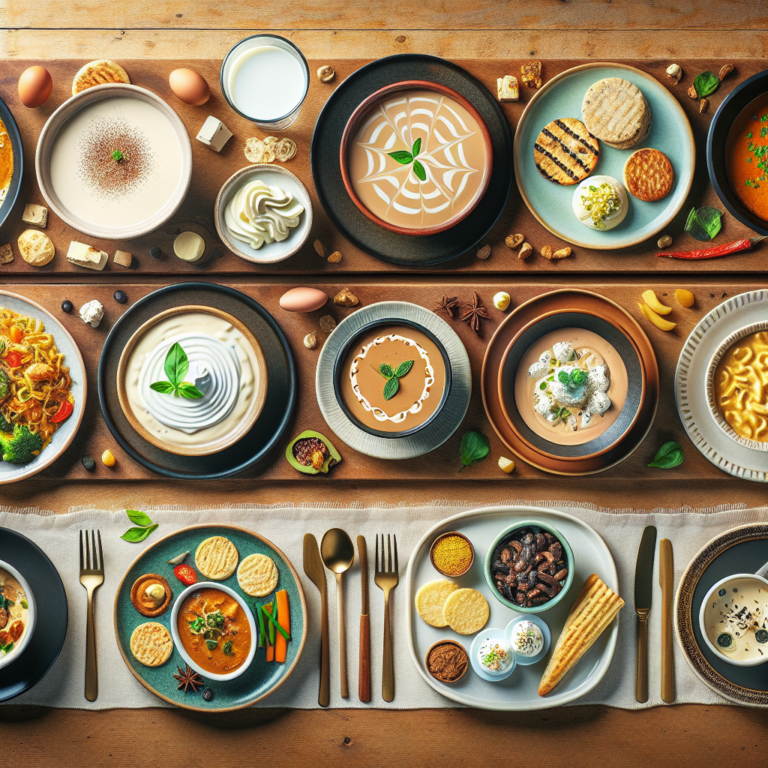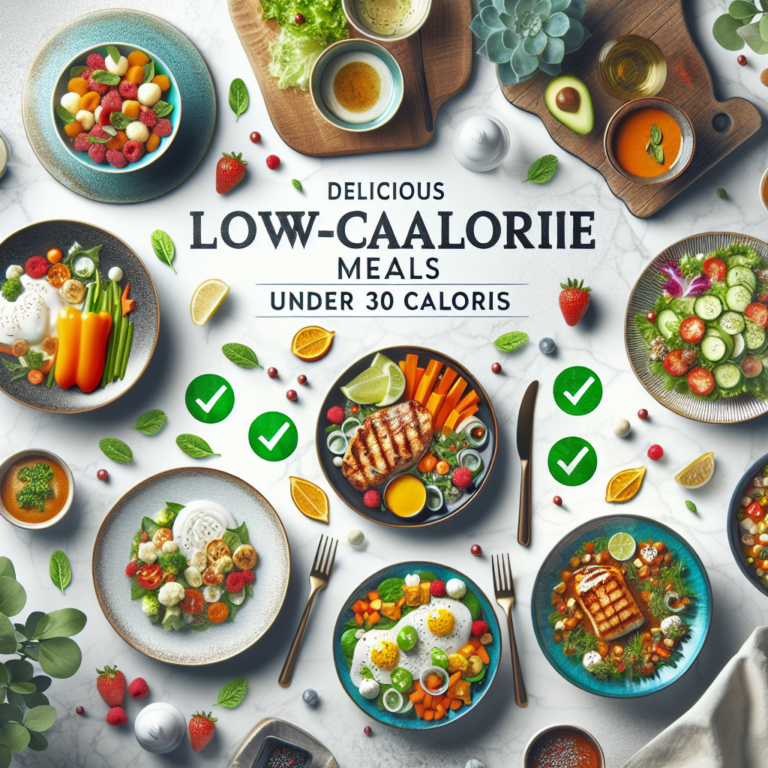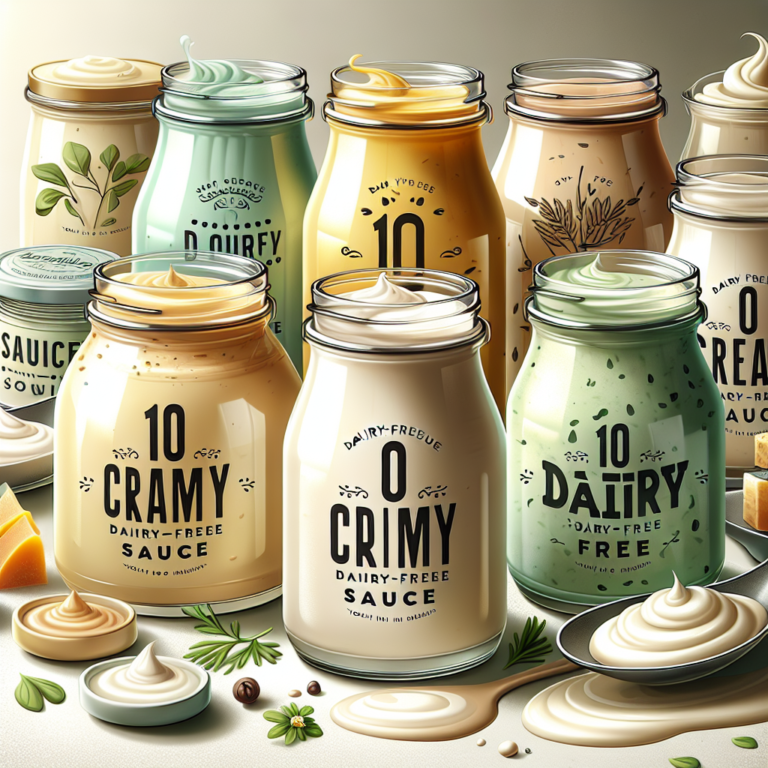
Meal prepping has become a popular way to save time and stay healthy. In this ultimate guide, we will delve into the ins and outs of weekly meal prep, offering tips, recipes, and everything else you need to know to make your meal prep journey a success.
1. What is Meal Prep?
Meal prep refers to the practice of preparing meals in advance to save time and effort throughout the week. This can include cooking entire meals, prepping ingredients for easy assembly, or even portioning out meals into containers. The main idea is to have healthy, homemade meals readily accessible to help you stick to your dietary goals and reduce the temptation to reach for fast food.
2. Benefits of Meal Prepping
- Saves Time: With everything prepped in advance, you eliminate the daily cooking time, making weekday meals quick and effortless.
- Encourages Healthy Eating: When you have nutritious meals on hand, you are less likely to opt for unhealthy fast food.
- Reduces Food Waste: Meal prepping allows you to plan meals around what you already have, helping to use up ingredients before they spoil.
- Saves Money: Buying ingredients in bulk and preparing meals at home can be cheaper than dining out or buying lunches every day.
- Promotes Portion Control: Pre-portioned meals can help with controlling serving sizes and reducing overeating.
3. Getting Started with Meal Prep
Before you jump into meal prep, it’s essential to take some initial steps that will streamline the process.
3.1. Set Your Goals
Decide what you want to achieve with meal prepping. Are you trying to lose weight, build muscle, save money, or just eat healthier? Having clear goals will help guide your meal prep choices.
3.2. Plan Your Meals
Spend some time planning out your meals for the week. Consider your schedule and determine how many meals you will prepare. Look for recipes that share common ingredients to reduce waste and save time during preparation.
3.3. Make a Grocery List
Once you have your meal plan, create a grocery list of all the ingredients you will need. This will help you avoid impulse buys at the grocery store and ensure you have everything on hand for meal prep.
4. Essential Tools for Meal Prepping
Having the right tools can make the meal prep process much smoother.
- Food Storage Containers: Invest in a good set of BPA-free containers in various sizes for portioning out meals.
- Measuring Cups and Spoons: These are crucial for accurate portion sizes.
- Cutting Board and Knives: A good cutting board and sharp knives make chopping ingredients a breeze.
- Slow Cooker or Instant Pot: These devices can simplify cooking and allow for hands-off meal preparation.
- Labels: Use labels to identify meals and ingredients, especially if you’re making a variety.
5. Meal Prep Strategies
There are various strategies you can adopt to make meal prepping more efficient and effective.
5.1. Batch Cooking
Batch cooking involves preparing large quantities of food at one time. This is ideal for foods that can be stored well, such as soups, stews, grains, or proteins that can be divided into portions for the week.
5.2. Ingredient Prep
Instead of cooking full meals, you can chop and prepare ingredients in advance. For example, wash and chop vegetables, marinate proteins, or cook grains. When it’s time to eat, you can quickly assemble meals without extensive cooking.
5.3. Mix and Match Meals
Prepare several base items (like grains and proteins) and combine them with different vegetables or sauces each day. This keeps meals interesting and reduces prep time.
5.4. Freezing
Don’t hesitate to freeze meals or ingredients that you won’t use immediately. Soups, stews, and some cooked proteins freeze exceptionally well. Just make sure to label them with the date and contents for easy identification later.
6. Simple Meal Prep Recipes
6.1. Breakfast Prep Idea: Overnight Oats
Overnight oats are a nutritious and quick breakfast option that you can prepare for several days at once.
Ingredients:
- 1 cup rolled oats
- 2 cups almond milk (or any milk of your choice)
- 1 tablespoon chia seeds (optional)
- 1 tablespoon honey or maple syrup (optional)
- Toppings: fruits, nuts, or seeds
Instructions:
1. In a bowl, combine oats, almond milk, chia seeds, and sweetener.
2. Divide the mixture into jars or containers.
3. Top with your favorite fruits or nuts.
4. Refrigerate overnight and grab them in the morning!6.2. Lunch Prep Idea: Quinoa Salad
This versatile salad can be customized with your favorite vegetables and proteins.
Ingredients:
- 1 cup quinoa
- 2 cups water
- 1 bell pepper, chopped
- 1 cucumber, chopped
- 1 cup cherry tomatoes, halved
- 1/2 cup feta cheese (optional)
- Olive oil, lemon juice, salt and pepper to taste
Instructions:
1. Rinse quinoa under cold water and drain.
2. Cook quinoa in water according to package instructions, then let cool.
3. In a large bowl, combine quinoa and vegetables.
4. Drizzle with olive oil and lemon juice and season with salt and pepper.
5. Store in containers for up to five days.6.3. Dinner Prep Idea: Chicken Stir-Fry
This easy stir-fry can be made in bulk and stored in the fridge or freezer.
Ingredients:
- 2 chicken breasts, sliced
- 2 cups mixed vegetables (like bell peppers, broccoli, and carrots)
- 2 tablespoons soy sauce
- 1 tablespoon olive oil
- Cooked rice or quinoa for serving
Instructions:
1. Heat olive oil in a large pan over medium heat.
2. Add sliced chicken and cook until browned.
3. Stir in mixed vegetables and soy sauce. Cook until vegetables are tender, about 5-7 minutes.
4. Serve with rice or quinoa and store any leftovers in containers.7. Storing and Reheating Meal Preps
If done correctly, meal preps can be stored safely in the fridge or freezer. Here are some guidelines:
- Refrigerator: Most meal preps can be stored in the fridge for up to 4-5 days.
- Freezer: Meals can generally be frozen for 2-3 months. Make sure they are cooled before freezing to prevent ice crystals from forming.
- Reheating: Always reheat meals to a safe temperature (165°F or 74°C). You can use a microwave, stovetop, or oven depending on the meal.
8. Conclusion
Weekly meal prep can be a game-changer for your lifestyle, helping you save time, reduce stress during the week, and maintain a healthy diet. With the right planning, tools, and strategies, you can create delicious, nutritious meals that cater to your dietary preferences and goals. Remember that consistency is key, and the more you practice meal prepping, the easier and more enjoyable it will become. Enjoy the benefits of being organized, and start your meal prep journey today!
9. FAQs
1. How do I start meal prepping?
Begin by planning your meals for the week, creating a grocery list, and setting aside time to cook and portion out meals. Start small with just a few meals and gradually increase as you become more comfortable.
2. Can I meal prep for an entire month?
Yes, but it’s often more practical to meal prep for a week or two at a time due to freshness. Some meals can be frozen in advance for later use, making it possible to plan longer periods of meal prep.
3. What foods are best for meal prep?
Foods that store well and maintain their texture after reheating are great for meal prep. These include grains, proteins that reheat well (like chicken, beef, or tofu), roasted vegetables, and hearty salads.
4. Can meal prepping save me money?
Absolutely! By buying in bulk and avoiding the convenience of takeout meals, you can significantly reduce your food expenses over time.
5. How do I keep my meals interesting?
Mix and match ingredients, try new recipes, vary your proteins and sauces, and experiment with different cooking techniques to keep your meals exciting and flavorful.
Sure! What specific topic or theme would you like the prompt to focus on? It could be anything from creative writing, storytelling, or even a discussion question. Let me know!, #Ultimate #Guide #Weekly #Meal #Prep, #Ultimate #Guide #Weekly #Meal #Prep, 1736582289, the-ultimate-guide-to-weekly-meal-prep






